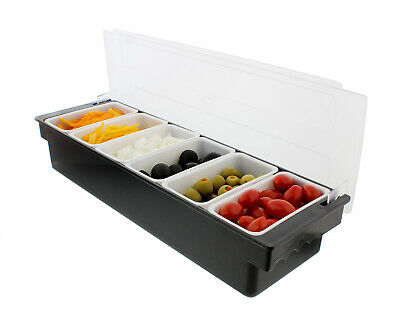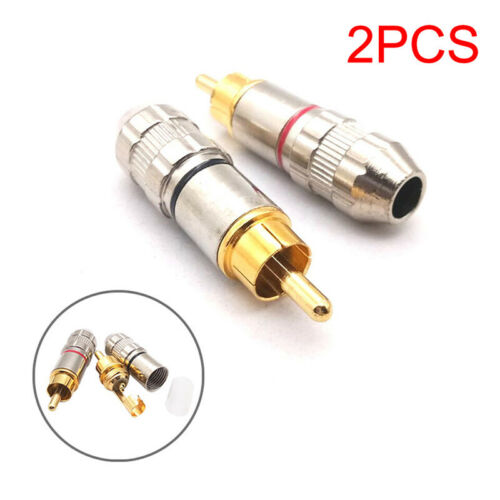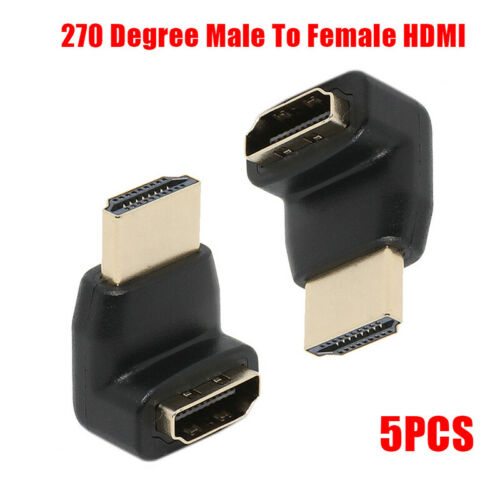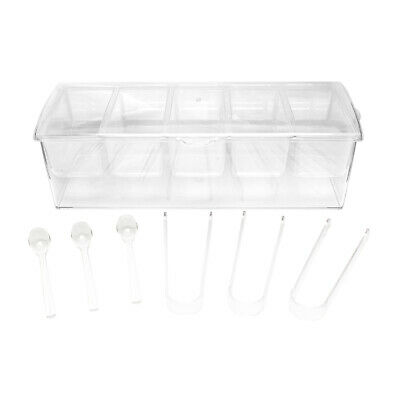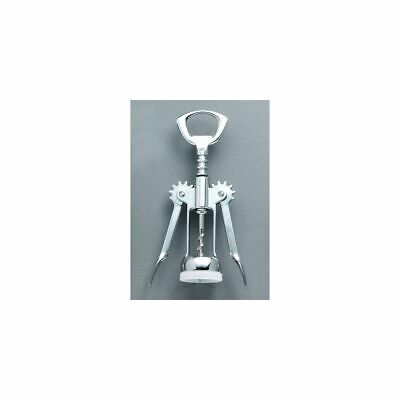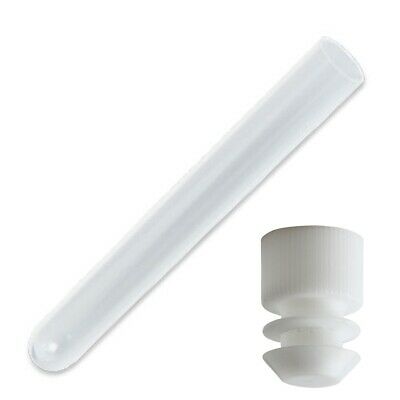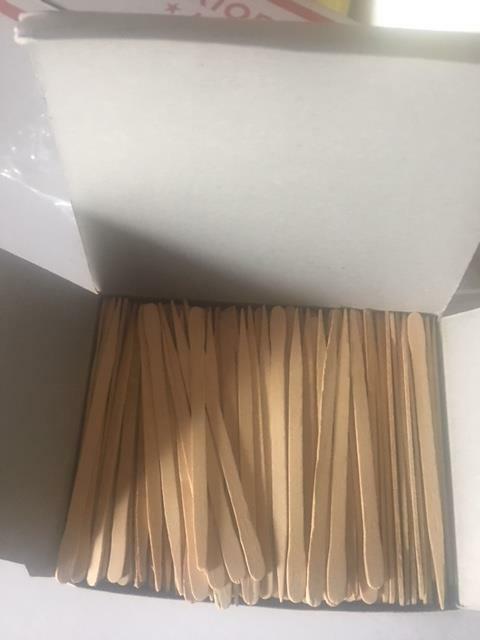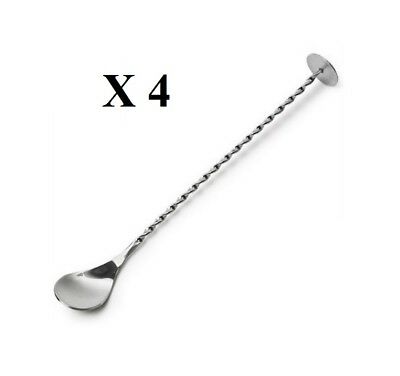-40%
Chlorine Test Paper, 10-200 ppm [Vial of 100 Paper Strips]
$ 3.16
- Description
- Size Guide
Description
Chlorine Test PaperPerfect for testing chlorine sanitizers and avoiding hefty board of health fines!
One pocket sized, splash proof, lightweight vial protecting instructions and color chart with 100 pre-cut strips
Industry leading rapid one second test
Tests in a range of 10-200 ppm (10, 50, 100 and 200 ppm markings)
These are NOT for pool OR tap water tests. They ARE designed specifically for restaurants testing their chlorine sanitizers
This Chlorine Test Paper provides a simple, reliable, and economical means to measure the concentration of free available chlorine in sanitizing solutions.The Chlorine Test Paper measures total available chlorine from 10-200ppm, and give results in just seconds. Total available chlorine is the sum of free available chlorine and the combined available chlorine. Our chlorine test paper is most often used to test the strength of solutions used to sanitize surfaces, for example, in the restaurant industry. In these types of applications, bleach is usually used to generate the available chlorine.
When using bleach as a cleaner, it must be diluted before use, and it will work best in the pH range of 5-7.
Instructions:
1. Use dry fingers to remove a chlorine test paper strip from the vial.
2. Dip the test strip into the solution to be tested, and do not agitate.
3. Remove and compare to the color chart immediately.
NOTE: The strip will darken over time, so it is best to compare to the color chart as directed. In addition, if two strips are stuck together, the color will be darker. Lastly, if you lay the strip against the vial when comparing to the color chart, it will also darken the color. The color chart was created by holding a strip in the air next to the vial.
NOTE: If you believe that the solution contains chlorine, but the test the strip is white after dipping, you may be seeing what is referred to as the “bleaching out effect.” At high concentrations of bleach, the available chlorine will overwhelm the indicators used in the strips. If this happens, instead of developing a purple color the strip will very quickly turn to white. The best indicator of this effect is the presence of a thin blue line on the strip separating the wet portion from the dry portion of the strip.
![Chlorine Test Paper, 10-200 ppm [Vial of 100 Paper Strips]](/items/static/0116/60e2eee85c35faac3f99cf04.png)
![Chlorine Test Paper, 10-200 ppm [Vial of 100 Paper Strips]](/items/static/0121/60e2eee85c35faac3f99cf09.png)
![Chlorine Test Paper, 10-200 ppm [Vial of 100 Paper Strips]](/items/static/0126/60e2eee85c35faac3f99cf0e.png)
![Chlorine Test Paper, 10-200 ppm [Vial of 100 Paper Strips]](/items/static/0130/60e2eee85c35faac3f99cf12.png)
